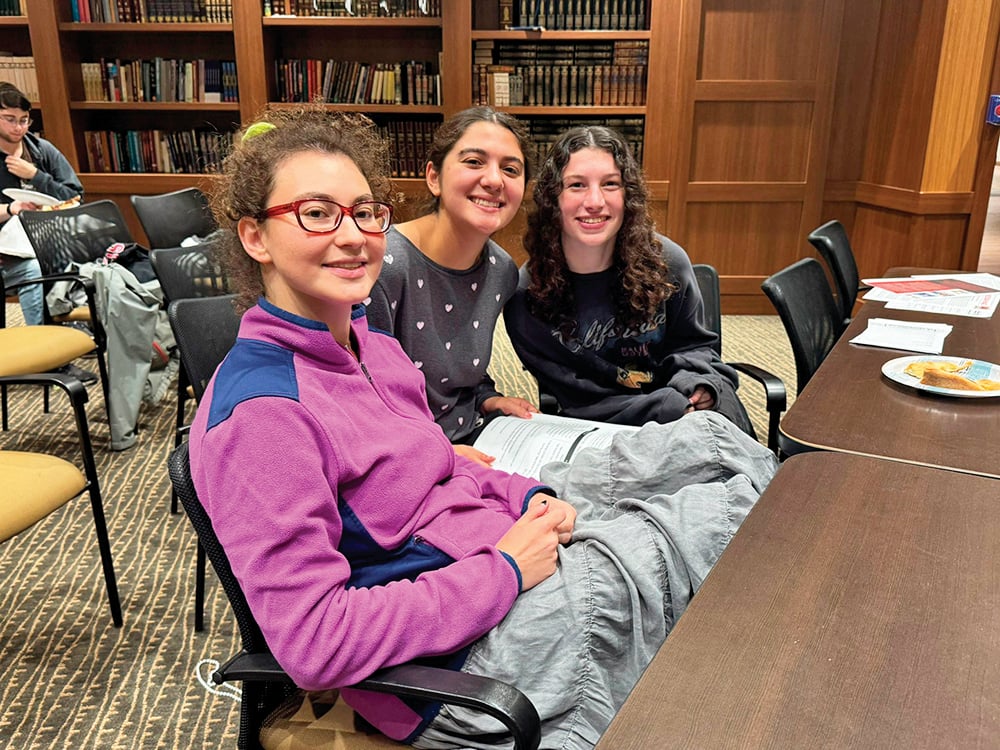Parshat Pekudei
Four of the last five parshiyot in Sefer Shemot focus upon the construction of the Mishkan, dealing exclusively with the instructions for, and construction of, the Tabernacle. This week’s parsha of Pekudei gives a final reckoning of all the donations to the Mishkan that were made by Bnei Yisrael and for what exact purpose each type of precious material was used. This final portion of Sefer Shmot closes with the description of how Hashem’s Shechina, Divine Presence, rested upon the Mishkan in a cloud that filled the holy Tabernacle, preventing Moshe Rabbeinu from entering. The conclusion of the parsha forms a perfect segue into Sefer Vayikra that begins with the words “Vayikra el Moshe,” an invitation that Hashem extends to a hesitant Moshe, urging him to enter the cloud-covered Tabernacle.
Chazal saw strong parallels to the Mishkan construction in the building of the Beit Hamikdash by Shlomo HaMelech some 480 years later. As a result, each haftarah of these four parshiyot is taken from the Book of Melachim A where the navi describes the construction and inauguration of Bayit Rishon. Indeed, the haftarah tells us how, after placing the Luchot into the Aron, Hashem’s Shechina, marked by a cloud, filled the Beit Hamikdash, making it impossible for the kohanim to begin the service—almost an exact duplication of what happened at the completion of the Mishkan! We then read how Shlomo turned to bless the people—just as we read in the parsha that Moshe blessed all of the craftsmen who built the Mishkan. And, as the Torah tells us “Vateichel kol avodat mishkan Ohel Moed,” that all of the work for the Mishkan had concluded, so too the navi teaches us “Vatishlam kol hamelacha,” that all of the work for the construction of the Beit Hamikdash was completed.
And yet, despite the many comparisons, indeed, the many parallels between the two important undertakings, there are also important contrasts between them that reflect a clear difference in the purpose of these worshiping sites. The Mishkan was meant to be temporary and portable and, truly, the Mishkan and its Aron traveled from station to station in the desert as well as in Israel proper. The Mikdash, of course, was chosen to be a permanent dwelling place for the Shechina, so that even after its destruction it was rebuilt on the exact area where it had once stood. The Mishkan, reflecting the nomadic life of the desert, was built through voluntary donations raised from the nation. The Beit Hamikdash, reflecting an already well-established people under the rule of a powerful king, was built through forced labor battalions who shouldered the bulk of the seven-year project.
But rather than ponder which construction model was better and which was worse we would do well to see these two projects as Rav Yehuda Shaviv does, by seeing one as a completion of the other. He points out how the Torah describes the end of the Mishkan labors with the word “vateichel,” sharing the root of the word “vayechulu” that described the end of Hashem’s Creation. That word can be best understood as “finished.” The word used by the navi to describe the end of the Holy Temple construction is “vatishlam,” best translated as “completed.” The Beit Hamikdash was a completion of the project begun by Moshe Rabbeinu. It could not have filled its purpose had the Mishkan not been built. On the other hand, the Mishkan was temporary and meant to be “completed” in the future. Both of these holy places were needed to create a dwelling place for the Shechina. Both created a 3,500-year connection of the Jew to his God; a connection that keeps us close to Hashem’s presence to this day.
And, perhaps, both efforts present a challenge to us all to continue and complete the holy undertakings begun by earlier generations—for that will connect us to both Hashem and to our past.
Rabbi Neil Winkler is the rabbi emeritus of the Young Israel Fort Lee and now lives in Israel.












